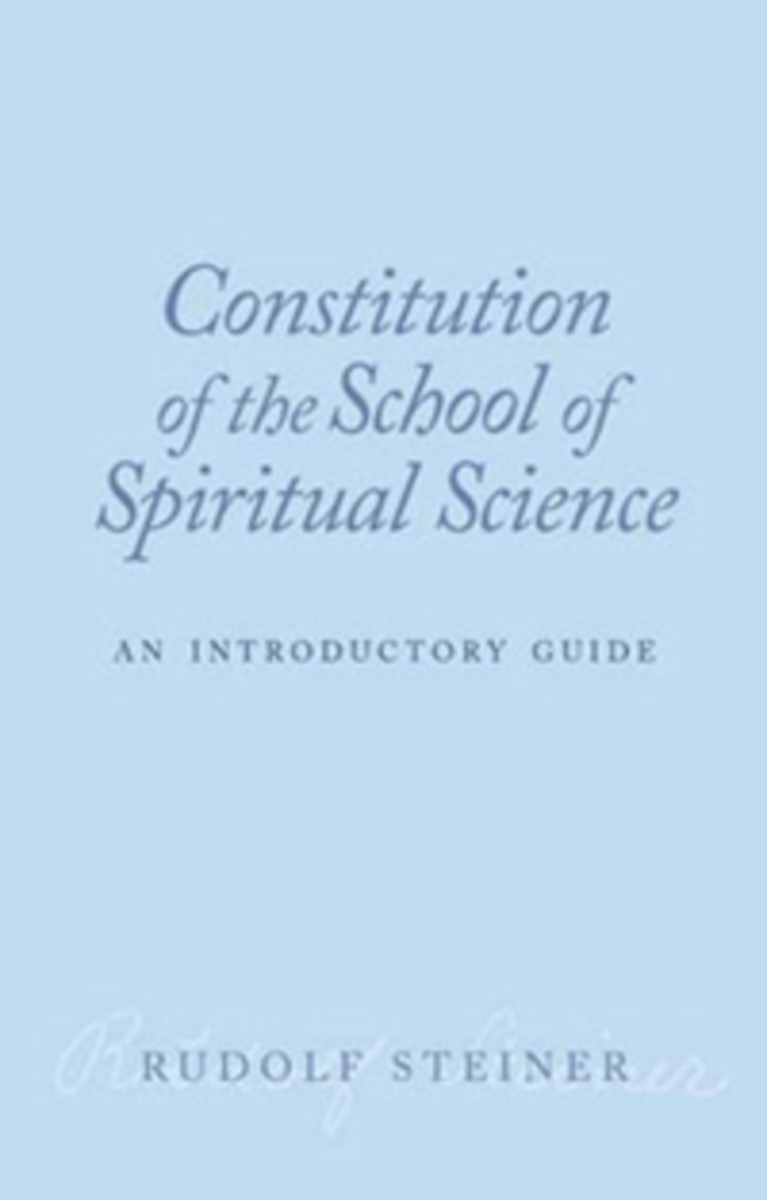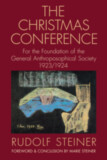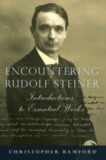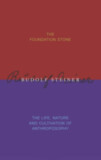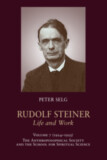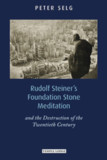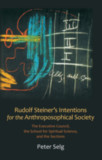Constitution of the School of Spiritual Science
An Introductory Guide
- Publisher
Rudolf Steiner Press - Published
11th October 2013 - ISBN 9781855843820
- Language English
- Pages 82 pp.
- Size 5.25" x 8.5"
“If the intentions of the Christmas Conference are to be carried out, the Anthroposophical Society will in future have to fulfill, insofar as possible, the esoteric aspirations of its members. With this end in view, the School, consisting of three Classes, will be established within the General Society.” —Rudolf Steiner, January 1924
A year after the first Goetheanum in Dornach, Switzerland, was destroyed by fire, Rudolf Steiner reestablished the Anthroposophical Society during the Christmas Conference of 1923–24. At the very heart of the Society, he created “The School of Spiritual Science,” whose specific task is to present the “esoteric aspect” and to lead its members to knowledge and experience of the spirit. The school was to have “sections” that represent various fields of human endeavor, including medicine and education, as well as three “classes,” of which the First Class was to be established immediately by Rudolf Steiner himself.
This brief volume collects articles from the society’s official newsletter and lectures by Rudolf Steiner in 1924, which introduce and explain the purpose of The School of Spiritual Science for members of the Anthroposophical Society.
This book is an excellent companion to The Foundation Stone/The Life, Nature and Cultivation of Anthroposophy.
C O N T E N T S:
The Organic Development of the Anthroposophical Society and Its Future Tasks (Jan. 18, 1924)
The School of Spiritual Science I & II (Jan. 20 & 27, 1924)
The School of Spiritual Science within the Constitution of the Anthroposophical Society (Jan. 30, 1924)
The School of Spiritual Science III (Feb. 3, 1924)
Conditions for Admission into the First Class of the School of Spiritual Science (Feb. 3, 1924)
The School of Spiritual Science IV – VII (Feb. 10 – Mar. 2, 1924)
The Youth Section in the School of Spiritual Science
—VIII. What I Have to Say on this Matter to the Older Members (Mar. 9, 1924)
—IX. What I Have to Say on this Matter to the Younger Members (Mar. 16, 1924)
—X. What I Yet Have to Say on this Matter to the Younger Members (Mar. 23, 1924)
—XI. On the Youth Section in the School of Spiritual Science (Mar. 30, 1924)
—XII. The “Human Element” in the School of Spiritual Science(Apr. 6, 1924)
Extracts from a Lecture in Breslau (Jun. 7, 1924)
Rudolf Steiner
Rudolf Steiner (b. Rudolf Joseph Lorenz Steiner, 1861–1925) was born in the small village of Kraljevec, Austro-Hungarian Empire (now in Croatia), where he grew up. As a young man, he lived in Weimar and Berlin, where he became a well-published scientific, literary, and philosophical scholar, known especially for his work with Goethe’s scientific writings. Steiner termed his spiritual philosophy anthroposophy, meaning “wisdom of the human being.” As an exceptionally developed seer, he based his work on direct knowledge and perception of spiritual dimensions. He initiated a modern, universal “spiritual science” that is accessible to anyone willing to exercise clear and unbiased thinking. From his spiritual investigations, Steiner provided suggestions for the renewal of numerous activities, including education (general and for special needs), agriculture, medicine, economics, architecture, science, philosophy, Christianity, and the arts. There are currently thousands of schools, clinics, farms, and initiatives in other fields that involve practical work based on the principles Steiner developed. His many published works feature his research into the spiritual nature of human beings, the evolution of the world and humanity, and methods for personal development. He wrote some thirty books and delivered more than six thousand lectures throughout much of Europe. In 1924, Steiner founded the General Anthroposophical Society, which today has branches around the world.


